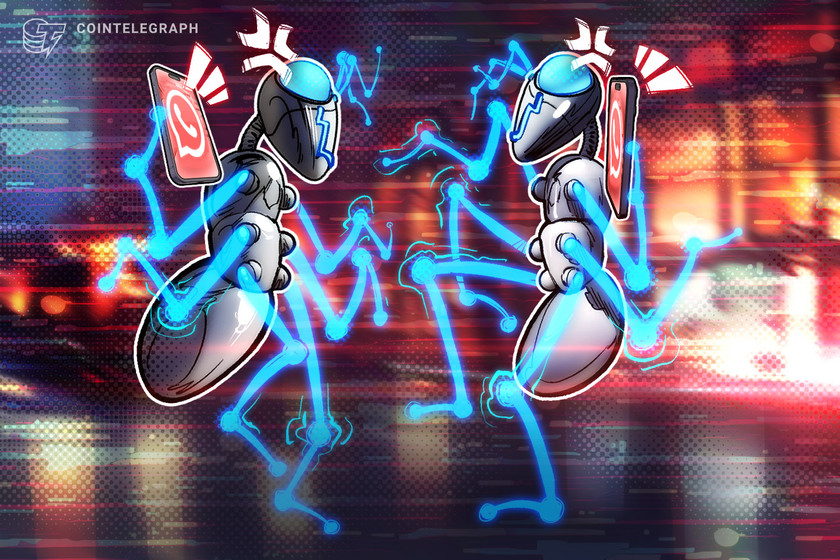Since the introduction of ICQ — the progenitor of online chat applications — the expectation from instant messaging (IM) services has never changed. Users simply want them to work, which apparently turned into a tall order, given the frequent downtimes most popular chat apps experience nowadays.
Launched the same year as Bitcoin (BTC), WhatsApp is one of the most widely used chat apps on the planet. Owned by Meta (the stable of which also boasts Instagram and Facebook), WhatsApp stands as the epitome of centralized services. That’s why when the service goes down, it has a much broader impact than just leaving over two billion monthly users scratching their heads and complaining on Twitter.
WhatsApp embodies the qualities of a centralized mindset perfectly: It has mainstream reach, an industry giant backs it and despite nearly one-third of the planet using it, people have absolutely no say over the final product.
Why do centralized chat apps go down?
When a product is controlled and managed by a central entity, it tends to follow certain processes during its lifecycle. Someone has to shoulder full responsibility for the various aspects of the centralized product.
The massive scale of the product turns even tiny updates into a chaos of human errors, database issues and not having enough time to test the version before pushing out the update to meet stakeholder expectations. Coupled with the numerous cyber attacks on the infrastructure itself, the more the service is centralized and managed by a single entity, the more the “usual suspects of failure” fill the room.
Can decentralized services fix downtimes?
Communication-focused decentralized apps (DApps), on the other hand, provide anti-fragile systems, co-founder and CEO of Web3 service provider Heirloom Nick Dazè told Cointelegraph. He said that decentralized messengers get stronger with every user onboarded because they essentially function as “nodes” that keep the system functioning properly.
“The key difference is that there is not one single point of failure,” Dazè stated, likening it to a balloon that is compressed on one part, which becomes geometrically smaller while still containing the air from the compressed section: “All of the air still exists. It is just pushed to a different section of the balloon.”
Recent: The state of crypto in Southern Europe: Malta leads the way
Of course, decentralized apps come with their own set of challenges, and one of them is scaling. DApps…
Click Here to Read the Full Original Article at Cointelegraph.com News…
